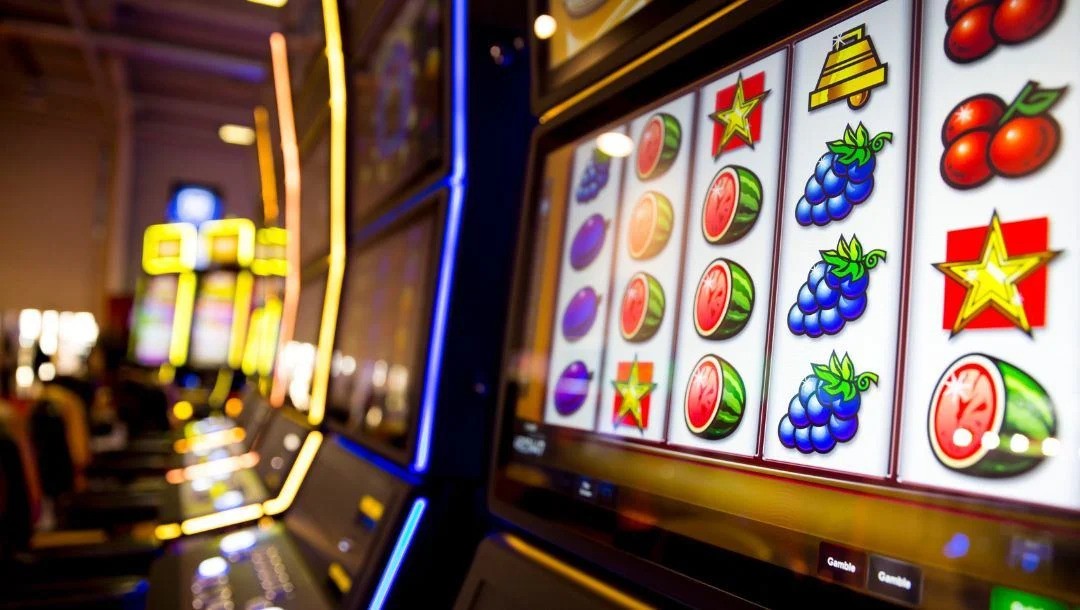
The Allure of Slot Games: A Deep Dive into the World of Spinning Reels
In the dynamic realm of online and land-based casinos, slot games have carved out a niche as some of the most popular and accessible forms of gambling entertainment. Their simplicity, combined with the potential for substantial rewards, has made them a favorite among both casual players and seasoned gamblers. This article explores the multifaceted world of ricslot games, from their evolution to their impact on modern gaming culture.
The Evolution of Slot Games
The journey of slot games began in the late 19th century with the invention of the Liberty Bell by Charles Fey in 1895. This mechanical slot machine, featuring three spinning reels and a single payline, laid the foundation for what would become a global phenomenon. The Liberty Bell’s simple mechanism, which paid out for matching symbols like horseshoes and bells, was revolutionary at the time.
As technology advanced, so did slot games. The 1960s and 70s saw the introduction of electronic slots, which allowed for more complex gameplay and the addition of multiple paylines. The 1990s marked a significant shift with the advent of online casinos, bringing slot games into the digital age. Online slots offered greater variety, enhanced graphics, and the convenience of playing from anywhere in the world.
Understanding Slot Game Mechanics
At their core, slot games are built on a few fundamental principles. The most basic component is the reel—a vertical column that spins and contains symbols. When the reels stop spinning, the symbols that line up determine the player’s payout.
1. Reels and Paylines: Traditional slot machines have three or five reels. Modern slot games may have up to 243 or more ways to win, thanks to innovations like “ways-to-win” formats. Paylines are the specific lines where matching symbols need to land to win. Classic slots typically have one to five paylines, while newer games can offer hundreds of paylines.
2. Symbols and Bonuses: Slot games feature various symbols, each with its own function. Standard symbols need to align on paylines to create winning combinations. Special symbols like Wilds and Scatters often trigger bonus features or free spins. Wilds can substitute for other symbols to complete a winning line, while Scatters usually activate bonus rounds or free spins.
3. Return to Player (RTP) and Volatility: Each slot game has a Return to Player (RTP) percentage, which indicates the average amount a player can expect to win back over time. Higher RTP values suggest better chances of winning, though individual outcomes are always random. Volatility, or variance, describes the risk level of a slot game—high volatility slots offer less frequent but larger payouts, while low volatility slots provide smaller, more frequent wins.
The Popularity of Slot Games
The appeal of slot games lies in their straightforwardness and the thrill of the unknown. Unlike table games that require strategy, slots are purely chance-based. This simplicity makes them accessible to players of all skill levels. The potential for massive jackpots, particularly in progressive slots where the prize pool grows with each wager, adds to their allure.
1. Themed Slots: Themed slots are a major draw for players. From ancient civilizations to popular movies and TV shows, themes can enhance the gaming experience and offer immersive environments. Themes often come with unique symbols, sounds, and graphics that make each game feel distinct.
2. Mobile Gaming: The rise of smartphones has revolutionized slot gaming. Mobile-friendly slots allow players to enjoy their favorite games on the go, making it possible to spin the reels anytime, anywhere. Mobile slots are designed with touch interfaces and optimized graphics to ensure a seamless gaming experience on smaller screens.
3. Social and Gamified Elements: Many modern slot games incorporate social features and gamification elements. Players can compete in tournaments, share their achievements on social media, or earn rewards through loyalty programs. These features enhance engagement and add a layer of interaction beyond traditional gameplay.
The Future of Slot Games
The future of slot games looks promising as technology continues to evolve. Virtual reality (VR) and augmented reality (AR) are poised to offer even more immersive experiences, with VR slots potentially allowing players to enter virtual casinos and interact with their environment in new ways. Artificial intelligence (AI) may also play a role in personalizing gaming experiences and improving game design.